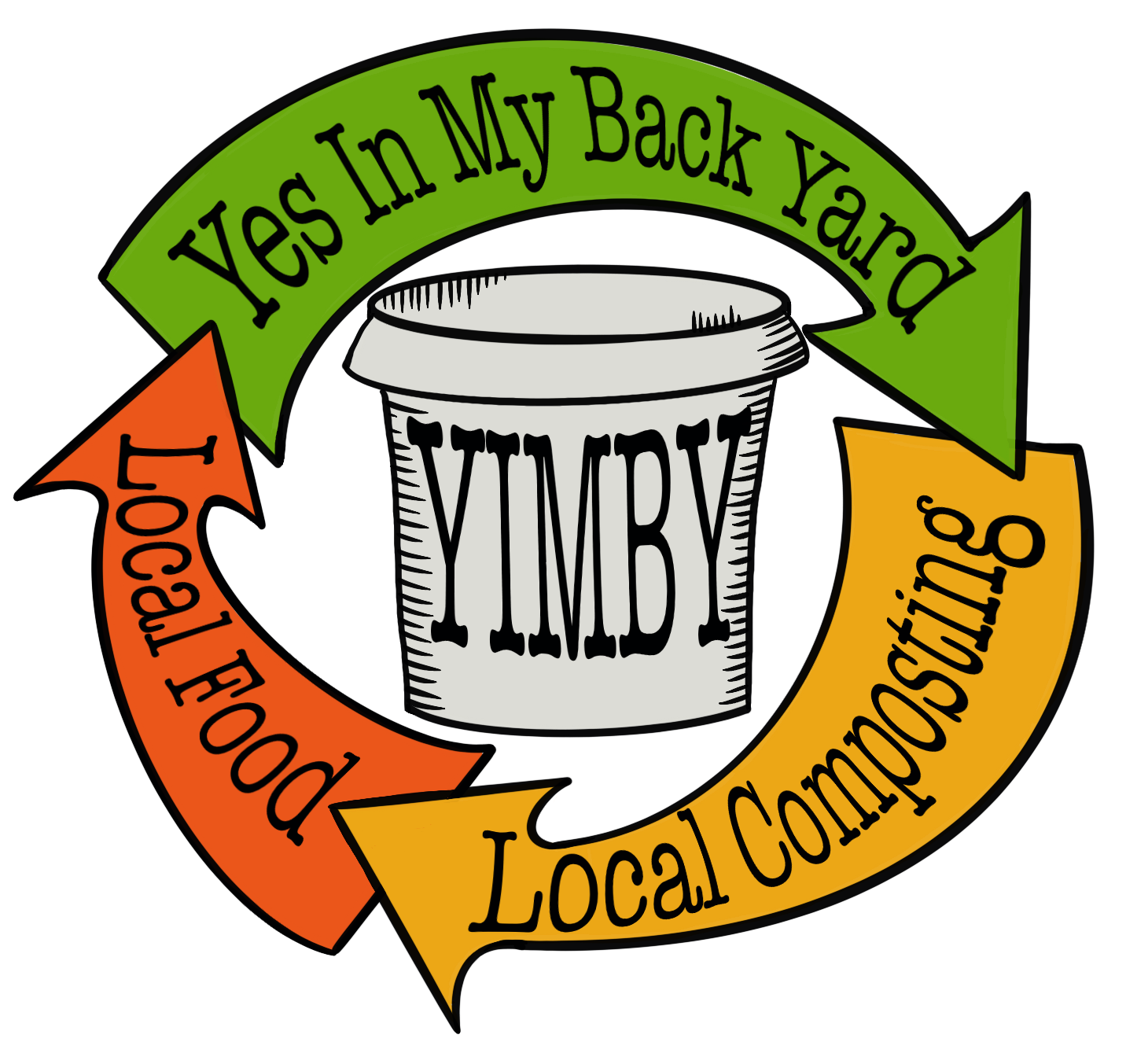Compost bay watch
Last week we looked at choosing a compost bin, but if you are trying to process large quantities of organic material from your property or surrounds, or are ready to take on the challenge of hot composting, a compost bin is just too small for you. It is time to think about composting in a bay.
A bay with an internal capacity of a cubic meter (approx. 1 meter wide, 1 meter deep and 1 meter high) is great to aim for. The closer to a cube or sphere your finished bay is, the better the heat and moisture holding capacity of your compost will be.
Screwing three discarded wooden pallets together makes a quick and passable bay, (a half pallet at the front can stop materials falling out the front – see pic). More slats can be attached or mesh can be stapled over the pallets to stop them being so gappy. But a pallet bay will have a capacity of about 1.3 cubic meters, that’s on the large side.
Bays up to 1.3 cubic meters can still work, but they need to be fed more material each week to make up that extra space. Otherwise our compost can end up quite flat and this can lead to cooling, drying out and a range of other problems.
Old corrugated roofing can make bays pretty quickly too (see pic). Timber posts in the corners can hold the corrugated iron stiff enough in a free-standing unit, or posts can be set in the ground and tin fastened to the posts, though our compost area is fixed in place if we do this. Some people worry about corri sides not ‘breathing’, but good aeration is a function of your compost recipe, not the bay material.
Solid timber bays can be great, just make sure your timber is not chemically treated, and is either salvaged/reclaimed, or, if new, from a known ethical source.
Sliding fronts and dividers are a wonderful idea, but timber moves when it gets wet and dry and it can be very hard to keep dividers sliding in and out of slots smoothly.
Square bays tend to dry out in the corners, so pay attention to keeping the corners wet to start with and watered though the composting process.
Bays made from straw bales are often suggested, and they will break down eventually, but it is hard to arrange bales to make a nice cubic meter bay, they tend to make a much smaller volume bay. Bays under 0.7 of a cubic meter really struggle to hold heat and retain moisture. Composting a bale bay at the end of its life is rather fitting though.
Wire hoops, often with shade cloth added, are a versatile option that are easy to relocate around your garden and allow you to work right around the bay. Mikaela Beckley has developed an openable hoop system (see pic) that many of our YIMBY composters are using and plans for the “Beckley Bay” are available on the YIMBY website resource tab. Wire and shade cloth hoops tend to dry out around the sides, particularly in windy and hot weather, so keep your compost bay on your watering schedule in summer.
As with bins, the vessel we compost in is far less important than the quality of the compost recipe we make our pile from. A balance of carbon and nitrogen, enough moisture and good natural aeration/density is far more important than what the bay is made from.
AUTHOR: JOEL MEADOWS
Joel Meadows works with Yes In My Back Yard, (YIMBY), a community-scale composting initiative in Castlemaine and surrounds. Send questions or comments to hello@yimbycompost.com or to book in for a compost workshop.
This was first published in the Midland Express on the 29 April 2024

